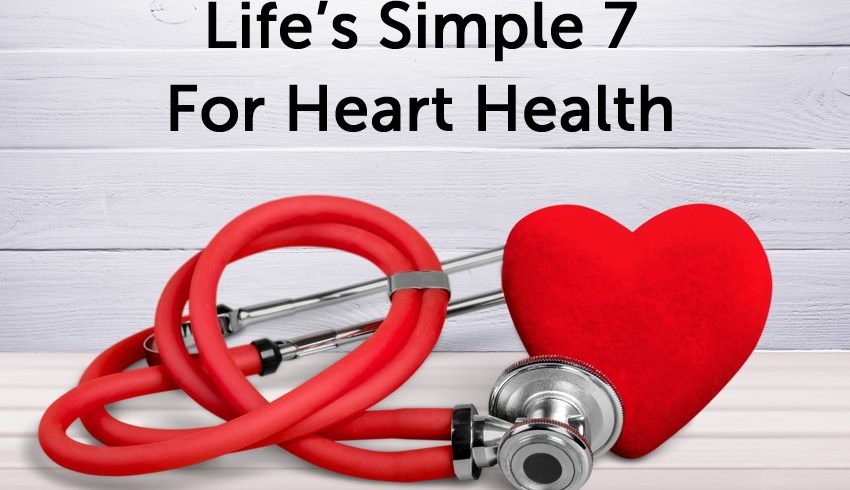Do you know there are seven easy ways to help control your risk for heart disease? Manage your heart risk by understanding “Life’s Simple 7.”
1. Get active
Daily physical activity increases your length and quality of life. If you get at least 30 minutes of moderate physical activity each day (like brisk walking), five times per week, you can almost guarantee yourself a healthier and more satisfying life while lowering your risks for heart disease, stroke and diabetes.
2. Control cholesterol
When you control your cholesterol, you are giving your arteries their best chance to remain clear of blockages. Cholesterol is a waxy substance and our bodies use it to make cell membranes and some hormones, but when you have too much bad cholesterol (LDL), it combines with white blood cells and forms plaque in your veins and arteries. These blockages lead to heart disease and stroke.
3. Eat better
Healthy foods are the fuel our bodies use to make new cells and create the energy we need to thrive and fight diseases. If you are frequently skipping out on veggies, fruit, low-fat dairy, fiber-rich whole grains, and lean meats including fish, your body is missing the basic building blocks for a healthy life.
4. Manage blood pressure
High blood pressure is a major risk factor for heart disease and stroke. When your blood pressure stays within healthy ranges, you reduce the strain on your heart, arteries, and kidneys which keeps you healthier longer.
5. Lose weight
If you have too much fat — especially if a lot of it is at your waist — you’re at higher risk for such health problems as high blood pressure, high blood cholesterol and diabetes. If you’re overweight or obese, you can reduce your risk for heart disease by successfully losing weight and keeping it off. Even losing as few as five or ten pounds can produce a dramatic blood pressure reduction.
6. Reduce blood sugar
Most of the food we eat is turned into glucose (or blood sugar) that our bodies use for energy. Your body makes a hormone called insulin that acts like a carrier to take your food energy into your cells. If your fasting blood sugar level is below 100, you are in the healthy range. If not, your results could indicate diabetes or pre-diabetes.
7. Stop smoking
Cigarette smokers have a higher risk of developing cardiovascular disease. If you smoke, quitting is the best thing you can do for your health. Smoking damages your entire circulatory system, and increases your risk for coronary heart disease, hardened arteries, aneurysm and blood clots. Like a line of tumbling dominoes, one risk creates another. Blood clots and hardened arteries increase your risks for heart attack, stroke and peripheral artery disease. Smoking can also reduce your good cholesterol (HDL) and your lung capacity, making it harder to get the physical activity you need for better health.

